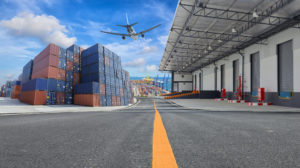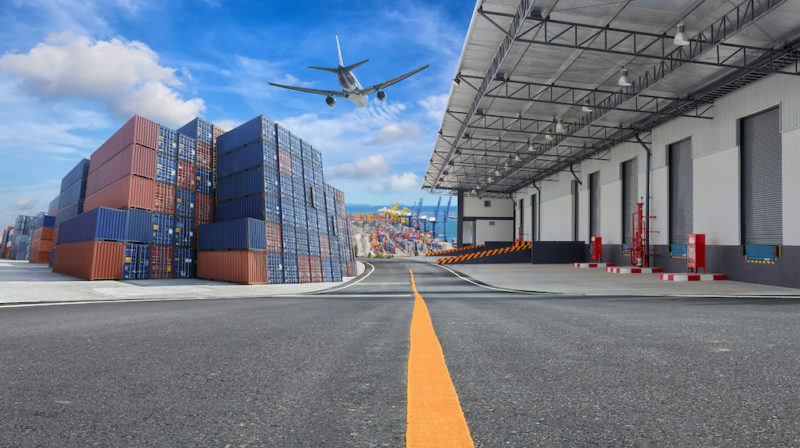
The Philippine logistics industry offers tremendous growth, potentially becoming a P970-billion to P1-trillion market by 2023, according to real estate consultancy firm The Lobien Realty Group (LRG).
The market is also forecast to grow 8.2% to 8.8% for the period 2018 to 2024, LRG said in a statement.
The Philippines’ strategic location “right on the edge of Pacific Ocean” makes it one of the most “convenient docking locations for supply routes as it essentially connects many export and import markets of different countries across the globe,” LRG explained.
The freight forwarding sector–which currently accounts for 21.1% of the transport storage and establishments companies in the country–will continue to dominate the logistics market, benefiting largely from the government’s Build, Build, Build infrastructure program.
The second biggest chunk of the logistics market is warehousing, according to LRG. Largely contributing to this market are industrial and retail warehousing, as well as e-commerce companies.
An opportunity for the logistics and warehousing industry, LRG said, is expansion of both local and international manufacturing companies in Metro Manila’s outskirts such as in Cavite, Laguna, Batangas, Bulacan and Pampanga where vast lands are still available and offered at reasonable prices.
Meanwhile, the express delivery market, which consists of the same day or maximum of three delivery days, is seen posting a 9% compounded annual growth rate from 2018-2023.
According to LRG, the market could be worth P68.2 billion by 2023.
International air express companies such as DHL, FedEx, UPS, and TNT Express dominate express delivery, largely driven by the e-commerce market, LRG said.
It noted that the growing awareness among consumers about global brands, as well as preferences for improved and up-to-date fashion and technologies have heightened demand for e-commerce.
The use of advanced mobile applications and banking solutions for the customers also made it easier for them to shop online, further intensifying the e-commerce logistics market.
Due to the growing popularity of the e-commerce market–which allows for geographical ease; eliminates travel time and cost; is available 24/7; and allows for feedback from customers–LRG said the country is seeing an increase, particularly in sales of food and beverage, clothing apparel and electronics, in turn fueling demand for warehouses and storage facilities expansion.
“The future looks promising for the country’s logistics and warehousing industry given the country’s economic numbers – from its stable GDP growth; its active participation in international trade; and, the boom in specialized industries. There has also been a notable increase in consumer spending because of a rising middle class, growing outsourcing industry, and OFW remittances,” LRG said.
And even while the coronavirus pandemic has interrupted and unsettled social and economic activities worldwide and disrupted the global supply chain, LRG said it remains optimistic there is a lot of room for growth in the Philippines’ logistics and warehousing market. – Roumina Pablo





